All Wet – A Stormy Spring Stymies Farmers in the U.S. Midwest
In much of the Corn Belt, too much rain has left fields too soggy to sow.
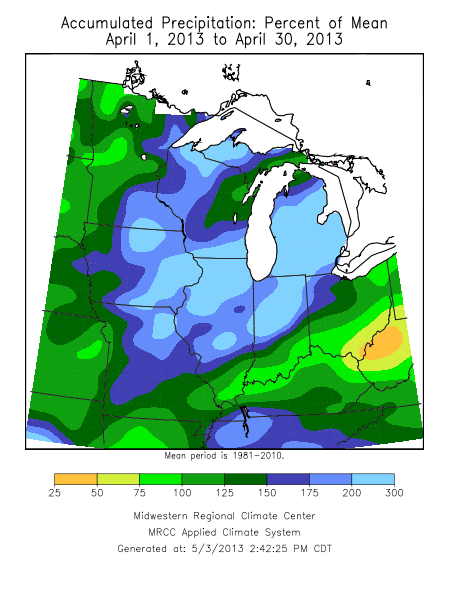
The fields in Illinois are quiet – the calm after the storm, as it is.
In the country’s second-leading corn state, farmers had planted only 7 percent of the corn crop as of May 5. By this time last year, nearly nine out of every 10 acres of corn had been sown.
“Crop progress is about as slow as it’s been in the last decade or so,” said Emerson Nafziger, a crop production specialist at the University of Illinois.
Farmers in other key agricultural states can commiserate. Each of the 11 crops that the U.S. Department of Agriculture (USDA) tracks in its weekly Crop Progress report is behind schedule, as of May 5. Corn and soybeans, grains and peanuts, even rice and cotton – all trail the five-year average for the percent of the crop planted.
“All this delay is due to too much rain,” Nafziger told Circle of Blue.
It might be hard to believe after a year of record-setting drought, but so much rain fell on some Midwestern states this spring that farmers could swim in their fields – or sled on them. Snow covered parts of Iowa last week and the state had its wettest April on record. Michigan also set a monthly precipitation record, while Minnesota endured its fourth coldest April.
Even in Kansas and Nebraska, two states almost entirely in drought, cold temperatures have frozen farm operations.
“Temperatures have been so far below normal and the fields so wet that farmers haven’t been able to plant any significant portion of their crop,” Julie Schmidt, of the USDA’s National Agricultural Statistics Service, told Circle of Blue.
Nationally, just 12 percent of the corn crop is in the ground, compared with 69 percent last year and 47 percent for the five-year average.
The longer farmers wait to sow seeds, the worse for production. Nafziger said a crop’s yield potential drops with a shorter growing season. As long as farmers can get to work in the next two weeks, the yield damage should be limited, he said.
If farmers decide that the prospects for corn are not lucrative, they can switch to soybeans, Nafziger said. Soybean yields do not fall as severely as corn yields after a late planting.
Brett writes about agriculture, energy, infrastructure, and the politics and economics of water in the United States. He also writes the Federal Water Tap, Circle of Blue’s weekly digest of U.S. government water news. He is the winner of two Society of Environmental Journalists reporting awards, one of the top honors in American environmental journalism: first place for explanatory reporting for a series on septic system pollution in the United States(2016) and third place for beat reporting in a small market (2014). He received the Sierra Club’s Distinguished Service Award in 2018. Brett lives in Seattle, where he hikes the mountains and bakes pies. Contact Brett Walton


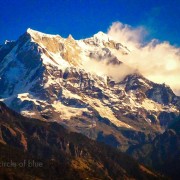
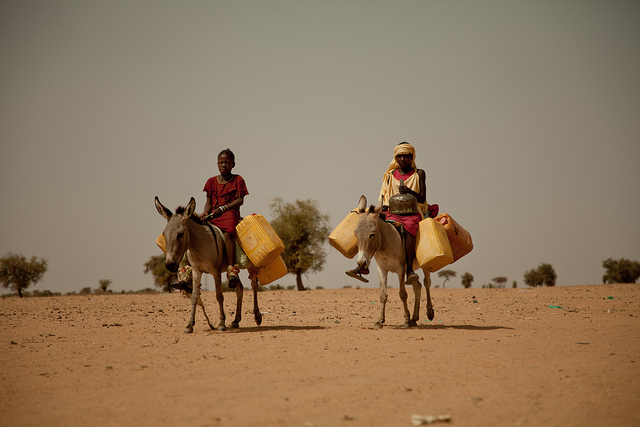
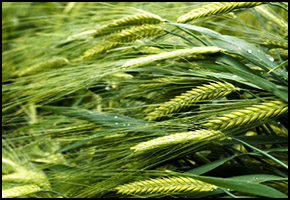
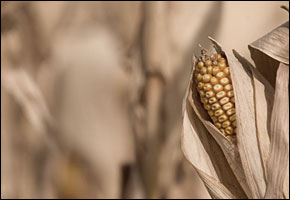
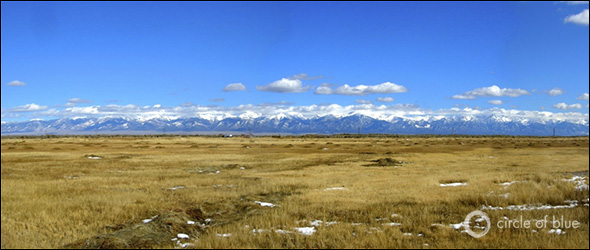


Leave a Reply
Want to join the discussion?Feel free to contribute!